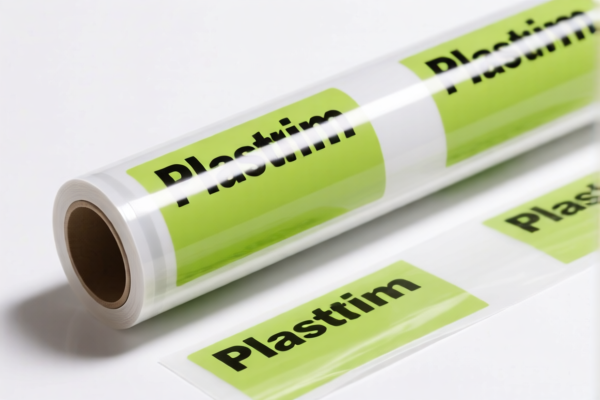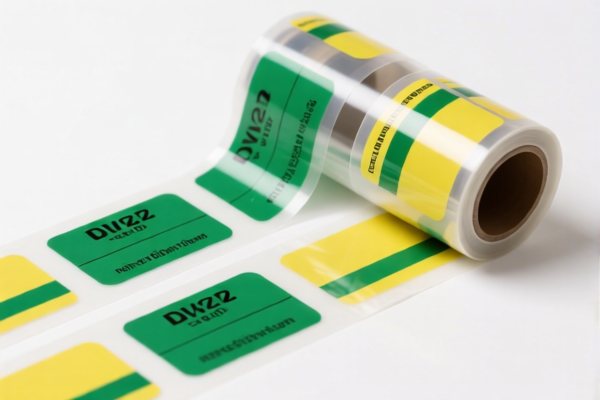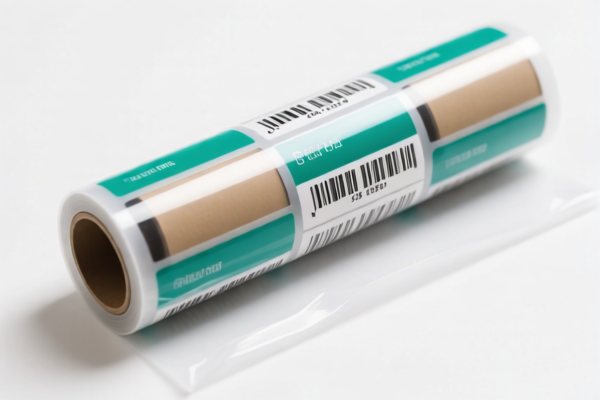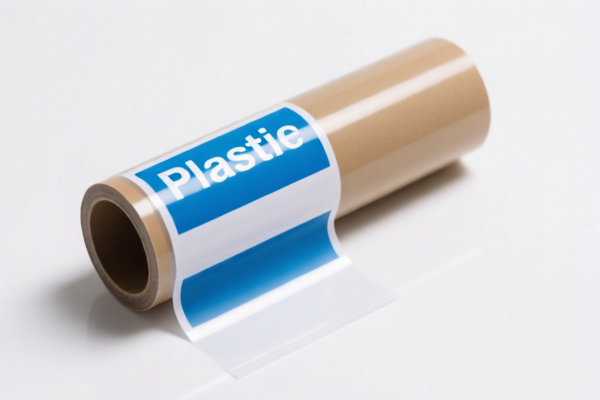| HS Code | Official Doc | Tariff Rate | Origin | Destination | Effective Date |
|---|---|---|---|---|---|
| 3926901000 | Doc | 40.9% | CN | US | 2025-05-12 |
| 3926909910 | Doc | 42.8% | CN | US | 2025-05-12 |
| 3923900080 | Doc | 58.0% | CN | US | 2025-05-12 |
| 4911998000 | Doc | 37.5% | CN | US | 2025-05-12 |
| 4911996000 | Doc | 37.5% | CN | US | 2025-05-12 |
| 4908900000 | Doc | 37.5% | CN | US | 2025-05-12 |
| 4908100000 | Doc | 37.5% | CN | US | 2025-05-12 |




Here's a classification of "PLASTIC PLANT LABELS" based on the provided reference data, presented in a structured format:
-
3926901000 - Other articles of plastics and articles of other materials of headings 3901 to 3914: Other: Buckets and pails
- 39: Plastics and articles thereof. This chapter covers a wide range of plastic products.
- 26: Other articles of plastics and articles of other materials. This indicates the item isn't a more specifically defined plastic product.
- 90: Other. This is a broad category for plastic items not elsewhere specified.
- 1000: Further specification - Buckets and pails. While plant labels aren't buckets or pails, this HS code could apply if the labels are thick-walled and pail-shaped. However, this is less likely.
-
3926909910 - Other articles of plastics and articles of other materials of headings 3901 to 3914: Other: Other Laboratory ware
- 39: Plastics and articles thereof.
- 26: Other articles of plastics and articles of other materials.
- 90: Other.
- 9910: Further specification - Other Laboratory ware. If the plant labels are specifically designed for laboratory or horticultural research/testing, this HS code is a strong possibility.
-
3923900080 - Articles for the conveyance or packing of goods, of plastics; stoppers, lids, caps and other closures, of plastics: Other Other
- 39: Plastics and articles thereof.
- 23: Plastics packaging articles.
- 90: Other.
- 0080: Further specification - Other. If the plant labels are used for packaging plants (e.g., attached to plants for sale), this HS code is relevant.
Important Considerations & Recommendations:
- Material Composition: Confirm the exact plastic type used. Different plastics may have different classifications.
- Intended Use: Is the label primarily for identification, packaging, or laboratory purposes?
- Shape & Size: The physical characteristics of the label (thickness, flexibility, etc.) can influence the correct HS code.
- Single vs. Multiple Use: Are the labels designed for one-time use or repeated use?
- Certification: Depending on the intended use (e.g., food contact), specific certifications may be required.
- 2025.4.2 Tariff Changes: Be aware of the increased tariffs (30%) taking effect after April 2, 2025, for many of these HS codes.
Disclaimer: HS code classification is complex and subject to interpretation. This information is for guidance only. It is recommended to consult with a licensed customs broker or relevant authority for a definitive classification.
Customer Reviews
No reviews yet.